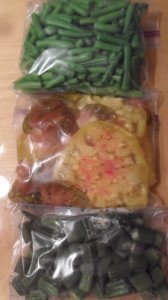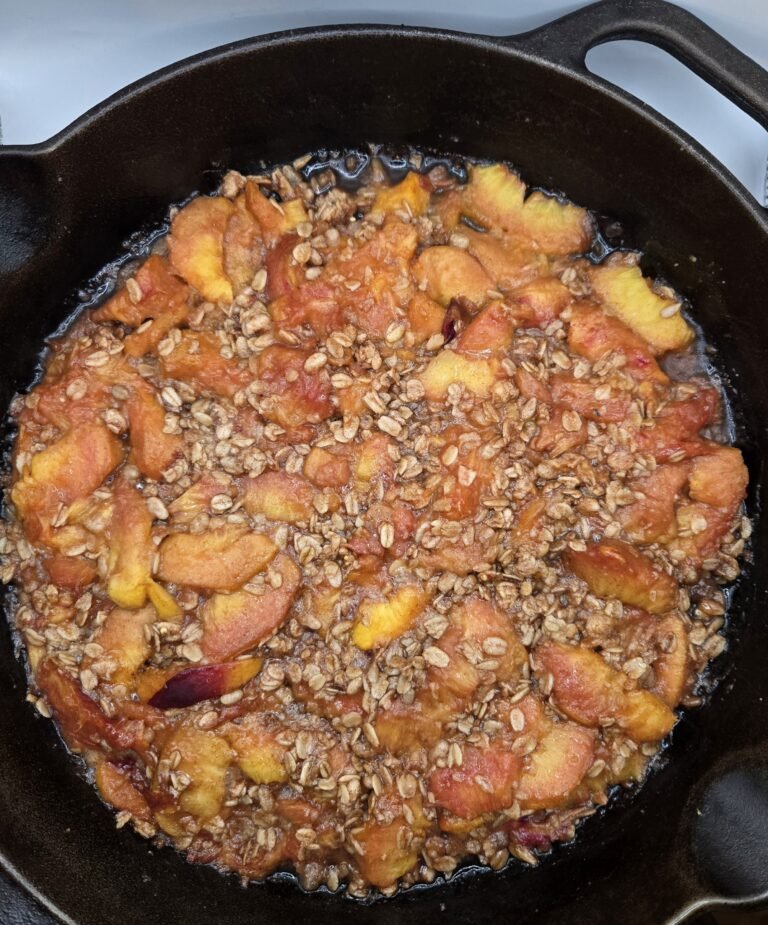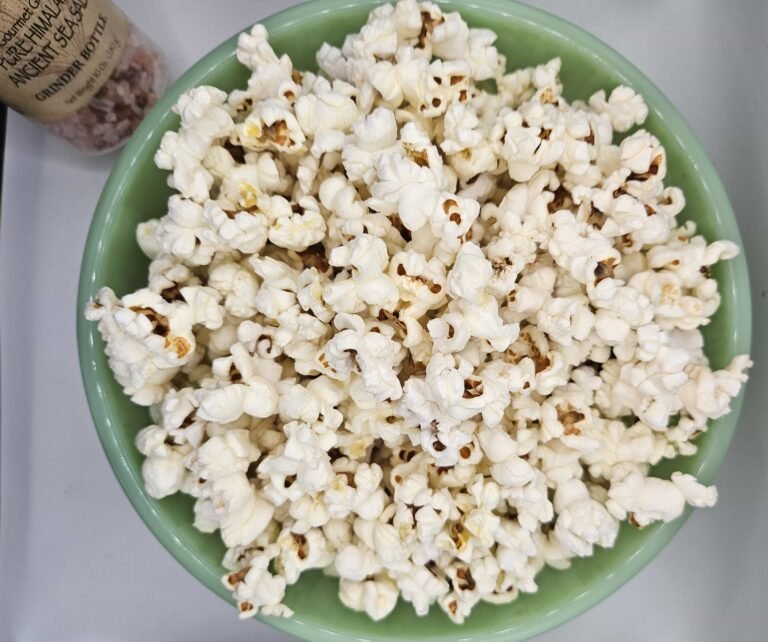
Three sociologists published a paper in Context[1] this summer about how cooking for families, particularly in low-income households, is unjoyful and stressful, and simply idealistic and unrealistic. The purpose of this blog is to help families celebrate food by making it joyful and limiting stress, providing every reason why it’s important, and helping to make it a reality. Today I’m going to address a few of the points people make on why eating processed food is what works for their families, and provide some solutions (see related posts highlighted).
- Some people cannot buy fresh produce because, for example, they may be over an hour from a store, do not have transportation, can only shop monthly, etc.
- Fill out your menu plan for multiple weeks.
- Base your menu on what’s provided in your CSA (Community Supported Agriculture) bundle, monthly shopping trip, or produce stand stop.
- Buy enough for the month and freeze extra as I’ve shown throughout the summer. It’s the same solution to how we’re going to get through the winter in areas where there is limited selection in winter months.
- Buy frozen in a pinch when you can’t get fresh. Most frozen vegetable are still high in nutrients because they’re frozen after picking instead of being transported fresh. Follow recipes that will improve the flavor and presentation (rather than simply boiling as directed on the package).
- Picky eaters, complainers, and multiple menus.
- There are some foods that may not go over well the first few tries, but make them in different ways and multiple times. It takes time to learn to like some things but no one will learn without trying. Don’t start with yams as a main entrée, right? Make it as a small side dish with a salad, some fresh bread, and mixed fruit. Have the leftovers for your lunch the next day so they don’t go to waste.
- I have somewhat of a hard time understanding a parent that will put up with multiple special requests, rude comments about food, whining, etc. Your children behave in ways that you allow them to behave when you don’t set boundaries. Include children in setting the menu, let them pick something from the produce section, have them search for a recipe or add in an ingredient they like — peanut butter or honey, for example. In the past five months, there was only one day where my daughter picked at something (beets) and only ate one. But one is a start, I didn’t nag her about it, and next time I tried a different recipe.
- Time and expense
- Someone in the article complained about spending $80 on ingredients and hours in the kitchen on a dinner that didn’t go over well. Besides Thanksgiving and maybe other holidays and special events, I can’t see spending $80 on ingredients, and you don’t ever need to spend hours in the kitchen. There are a gazillion dinner solutions out there in the 10-30 minute range. Another person said they chopped their vegetables on the weekend (they called it “extensive prep work”) but it didn’t save any time during the week. It saves all the time that it took to chop, so stay focused on the desired outcome.
- I’m going to point out again that what you eat greatly affects your mood and stress level, and you will feel better when you get on the path of real food.
- Older children and other adults can be taken aside for a one-on-one about how you provide food to the family and your realistic expectations of their participation, including taking turns on a chore chart with clean-up.
- Lower the bar on your self-expectations. No one, not even Michael Pollan or Mark Bittman (referenced in the article) said families need utopian, elaborate meals. Actually they practice quite the opposite, so keeping it small and simple outweighs nuking a frozen box of processed, petroleum-dyed, deep-fried, artificially preserved, mystery-meat and genetically modified side dishes any day.
Community Solutions
Real food is not a concept to maintain class divisions. We can find solutions to the issues of getting real food to inner cities and rural poor. For example, Alice Waters’ Edible Schoolyard projects bring kitchens and gardens to lacking communities. In 2005, they were at the Smithsonian Folklife Festival at the National Mall in Washington, D.C., and presented their program to one million people.
The Context article also made some good suggestions: “How about a revival of monthly town suppers, or healthy food trucks? Or perhaps we should rethink how we do meals in schools and workplaces, making lunch an opportunity for savoring and sharing food. Could schools offer to-go meals that families could easily heat up on busy weeknights?”
What about expanding The Freecycle Network with volunteers to bring simple kitchen items to places in need? I had two extra loaf pans, a stock pot, and a cookie sheet one time and put them on Freecycle and a guy came and picked them up. It’s that easy.
I’d like to start food-mobiles to take produce to local schools or churches once a month where most needed, to assist people in getting access to their nearest farms’ produce, including some partially prepared meals. Each van could have a food processor where they shoot carrots and onions through and – voila – no chopping needed at home.
Are moms often tasked with bringing real food to their families when they’re tired after being at work all day and maybe half the night and barely have two dimes to rub together? Yup. So take that giant “S” out of your purse, slap it on your chest, and get it done, sister. I’m here to help and so are a lot of other people who want to turn around the food system in this country. Everyone is not going to switch to healthier food, but we can figure out how to make it work for those who want it, one forkful at a time.
[1] “The Joy of Cooking?” S. Bowen, S. Elliott, and J. Brenton, Contexts, Summer 2014 vol. 13 no. 3 20-25.




